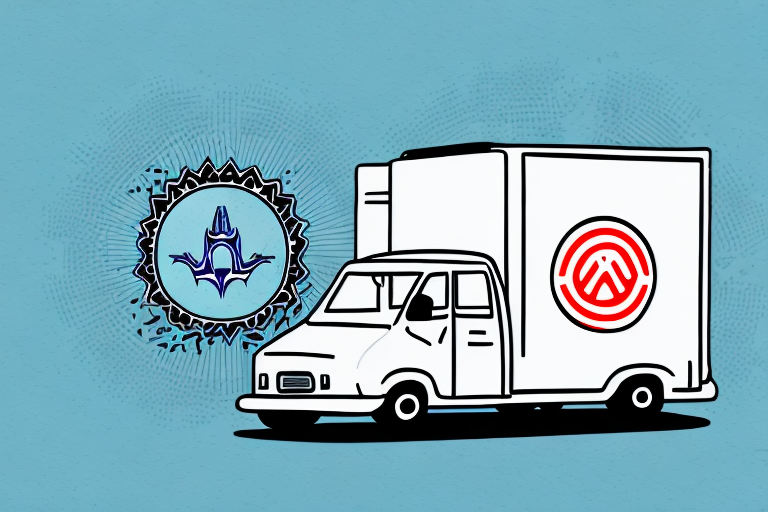The Benefits of Contactless Delivery for Consumers and Businesses
The COVID-19 pandemic has fundamentally changed the landscape of consumer behavior and business operations. One significant shift is the rise of contactless delivery, which has gained immense popularity among both consumers and businesses. This article delves into the advantages of contactless delivery, supported by data and authoritative sources, and explores its lasting impact on the future of e-commerce.
Understanding Contactless Delivery
Definition and Mechanism
Contactless delivery refers to the method of delivering packages without any physical interaction between the delivery personnel and the recipient. Leveraging technology such as GPS tracking, mobile apps, and digital communications, delivery personnel can leave packages at designated locations and notify customers through confirmation messages or photos. This ensures safe receipt without the need for direct contact.
Technological Enablers
Advancements in technology have been pivotal in making contactless delivery feasible and efficient. Tools like GPS tracking, real-time delivery updates, and automated notification systems enhance transparency and reliability. Additionally, innovations such as temperature sensors and UV-C light technology are being adopted to ensure the safety of both delivery staff and customers.
The Importance of Contactless Delivery During the Pandemic
Health and Safety
During the COVID-19 pandemic, minimizing physical interactions has been crucial in curbing virus transmission. According to the World Health Organization, reducing contact points significantly lowers the risk of infection. Contactless delivery ensures that essential goods reach consumers without compromising their health.
Operational Continuity for Businesses
Lockdowns and movement restrictions posed significant challenges for businesses. Contactless delivery has enabled companies to maintain operations by adapting to new safety protocols. A Forbes report highlights that businesses implementing contactless delivery saw a 30% increase in operational efficiency during the pandemic.
Advantages for Consumers
Convenience and Flexibility
Contactless delivery offers unparalleled convenience, allowing consumers to receive packages without being physically present. This flexibility is particularly beneficial for individuals with busy schedules or limited mobility. A survey by Statista indicates that 65% of consumers prefer contactless delivery for its ease and time-saving benefits.
Enhanced Security
By eliminating the need for direct interaction, contactless delivery enhances the security of transactions. Consumers can track their orders in real-time and receive notifications upon delivery, reducing the chances of package theft or loss.
Environmental Impact
Contactless delivery contributes to environmental sustainability by optimizing delivery routes and reducing the carbon footprint. Fewer delivery attempts mean less fuel consumption and lower greenhouse gas emissions. According to the Environmental Protection Agency, optimized delivery routes can decrease carbon emissions by up to 20%.
Advantages for Businesses
Cost Savings
Implementing contactless delivery can lead to significant cost savings. Businesses can reduce expenses related to physical storefronts, manual processing, and potential losses from in-person transactions. Automated systems streamline operations, allowing businesses to allocate resources more efficiently.
Increased Customer Satisfaction and Loyalty
Offering contactless delivery options can enhance customer satisfaction by providing a safe and convenient shopping experience. Satisfied customers are more likely to become repeat buyers and advocate for the brand, driving long-term loyalty and revenue growth.
Scalability and Adaptability
Contactless delivery systems are highly scalable, enabling businesses to handle increased order volumes without compromising service quality. This adaptability is crucial for businesses looking to expand their reach and cater to a growing market demand.
The Future of Contactless Delivery in E-commerce
Long-term Trends
As consumer preferences continue to evolve, contactless delivery is poised to remain a staple in the e-commerce sector. The convenience and safety it offers align with the ongoing demand for seamless and secure shopping experiences.
Technological Innovations
Future advancements in technology will further enhance contactless delivery. Innovations such as drone deliveries, autonomous vehicles, and advanced AI-driven logistics will revolutionize the delivery landscape, making it even more efficient and reliable.
Environmental Sustainability
With increasing emphasis on sustainability, contactless delivery will play a significant role in reducing the environmental impact of e-commerce. Businesses adopting eco-friendly delivery practices will not only contribute to environmental conservation but also appeal to environmentally conscious consumers.
Implementing Contactless Delivery: Best Practices
Establishing Robust Infrastructure
To successfully implement contactless delivery, businesses must invest in robust infrastructure, including reliable mobile applications, GPS tracking systems, and secure communication channels. Partnerships with logistics providers who specialize in contactless methods can also enhance delivery efficiency.
Training and Safety Protocols
Training delivery personnel on proper safety protocols is essential. This includes the use of personal protective equipment (PPE), hygiene practices, and clear instructions on contactless procedures. Ensuring the safety of delivery staff fosters a secure and trustworthy delivery environment.
Clear Communication with Customers
Transparency and clear communication with customers are vital for the success of contactless delivery. Providing detailed instructions on delivery procedures, expected delivery times, and support channels helps build customer trust and satisfaction.
Case Studies: Successful Implementation of Contactless Delivery
Amazon
Amazon has been a pioneer in contactless delivery with its "Amazon Key" service, allowing customers to receive packages securely at their doorstep. This service includes features like remote door unlocking and real-time delivery notifications, enhancing convenience and security for customers.
Domino's Pizza
Domino's Pizza implemented contactless delivery early in the pandemic, ensuring the safety of both customers and delivery personnel. The company introduced features like phone-assisted delivery, where payments are completed over the phone, eliminating the need for physical contact.
McDonald's
McDonald's adopted contactless delivery options through partnerships with various delivery platforms. By enabling contactless pick-up and delivery, McDonald's ensured uninterrupted service during lockdowns and significantly improved customer experience.
Conclusion
Contactless delivery has emerged as a vital component of modern e-commerce, offering numerous benefits to both consumers and businesses. Its role in ensuring health and safety during the pandemic has solidified its place in the future of delivery services. As technology continues to advance, contactless delivery will evolve, driving greater efficiency, sustainability, and customer satisfaction in the e-commerce landscape.






















